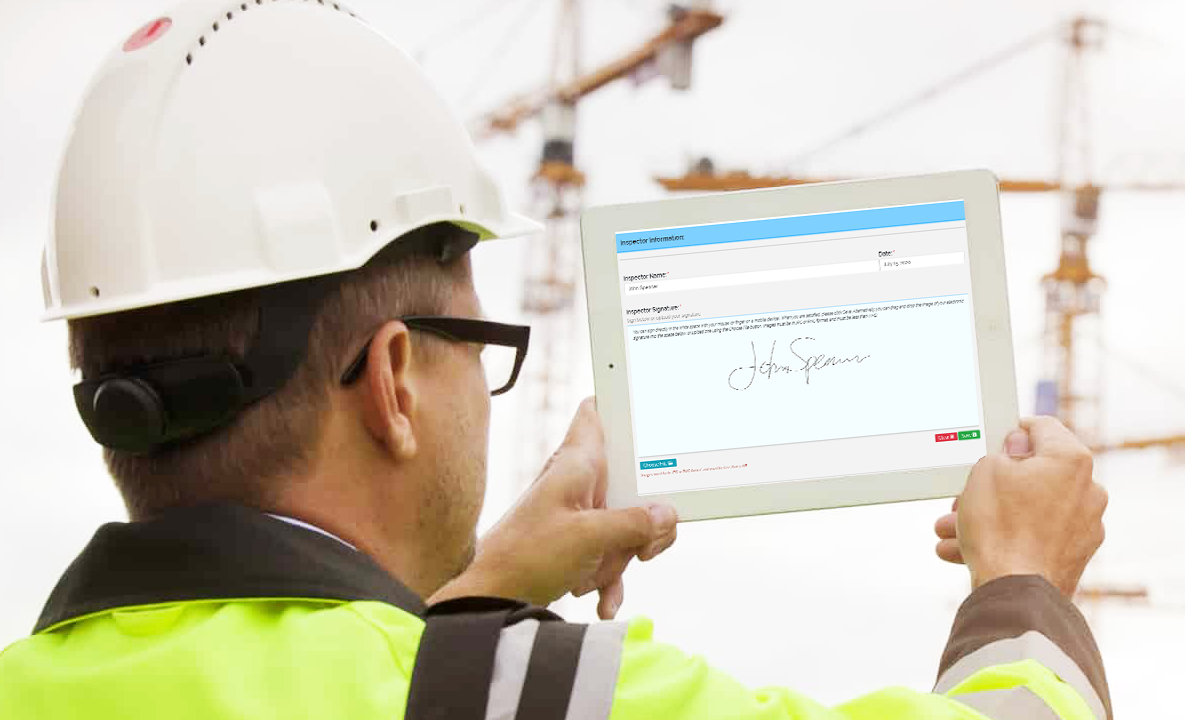
Selecting Incident Management Software in 2020
Fatal injuries in workplaces across the US are going up. The Bureau of Labor Statistics (BLR) reported that there were 5,250 work-related fatalities in 2018. Non-fatal injuries, on the other hand, hit 2,834,500. There is, however, a significant difference in the industries that have the highest numbers of non-fatal injuries and those experiencing the greatest number of fatal incidents. Healthcare and Social Assistance, Retail Trade, and Manufacturing top the list of industries with the most non-fatal injuries. However, when it comes to fatalities, the top three are Agriculture, Forestry, Fishing and Hunting, Transportation and Warehousing, and Construction. Incident management software in 2020 is designed to help firms across all different industries keep track of their safety incidents – fatal and non-fatal – in order to see where they can improve and how to avoid incidents and accidents in the future.
Tips for Selecting the Best Incident Management Software
The first step to reducing the number of injuries and fatalities that take place within your company is to analyze the incidents that have already happened. A good incident management system will allow you to record and monitor any accidents and incidents that occur across your offices, and work sites. Collating this information is key for understanding where issues lie and how to avoid them. Not only will this improve the safety of your company your workers, but it will save you money in compensation and time off work due to illness and injury. Below we have outlined some of the most important features you need to look out for when choosing incident management software.
Easy to Use and Super-Intuitive
Nobody wants to wrangle with unnecessarily complex software, especially in the aftermath of a safety incident. Introducing new tools to your workers can be challenging enough at the best of times, but if you want them to embrace the software and use it effectively – particularly during times of extreme stress – then it needs to be as easy as possible for them to use. The more intuitive your incident management software is – the more it meets your team halfway in what they are trying to achieve and the more successful a roll out will be. If you wind up with a cumbersome, difficult to operate system, then you’re more likely to find your workers shying away from it – which can be disastrous for accurate and timely incident reporting.
Integration
Make sure your new software is ready to work with your old software. We can’t stress this enough. There’s nothing worse than signing up to what sounds like a transformational tool only to discover that you can’t blend it with your existing tools. Incident management software can, quite literally, be life saving. But to get the most out of your new system, it needs to be capable of working smoothly alongside any training and safety tools you already have in place. Siloed software is a hindrance to productivity and efficiency, so double – and triple – check before you commit that the incident management software you’ve got your eye on is compatible with other software tools you already have in place.

Mobile Device Ready
Most software these days comes mobile-ready or with a version designed specifically for smartphones, tablets, and other devices. With mobile devices becoming more important to our daily lives with each passing year, it goes without saying that your incident management software should be compatible with smartphone use. This is not just a question of convenience, however, you want your team to be able to report an incident as quickly as possible. If they cannot do this via mobile device at the site of the incident, then you risk losing crucial details – or even having employees fail to report it at all if it isn’t a major incident. Having software that is mobile-ready greatly increases the rate of quick and accurate incident reporting.
Automation for Notifications and Alerts
Taking work off your team’s hands by way of automation of your incident notifications and alerts has several benefits. First of all, it saves a huge amount of time by carrying out automatically what would otherwise need to be done manually. This frees up your workers for other tasks. Secondly, it ensures that the correct people are notified of safety incidents in a timely manner. And thirdly, it removes some of the risks of human error. Forwarding an important report can easily slip an employee’s mind, so automating this process ensures that the report gets sent even if they do forget. When it comes to an area as crucial as health and safety, automation is a win-win.
Accurate In-Depth Reporting
No incident management software worth its salt comes without some pretty hefty reporting features. Tracking and recording the incidents that take place in your company is critical, but all of that information is more or less meaningless if you don’t use it for analysis. A good solid system will enable you to compare how different areas or work sites within your company are faring on the safety front, meaning you can identify any trouble spots or concerns and deal with them accordingly. This will help to avoid repeat incidents and keep injuries and fatalities to a minimum. Make sure that the incident management system you choose allows you to pull up the information you require and that it generates it quickly and clearly. If you have to dig for the data you need, that should be a red flag.
With several million work-related safety incidents occurring within the US every single year, it is paramount that companies across all industries do their utmost to keep these figures to a minimum. Investing in incident management software can go a long way to helping you reach this goal. However, before deciding on a particular system, make sure that it’s suitable for your requirements. Check that it will be compatible with any safety software you already use and that it can be accessed via mobile device from wherever your workers happen to be based. It should have time-saving automation features and be simple and intuitive to use. And last – but definitely not least – check that the reporting function is top-notch as it’s this that will help you to reduce the number of incidents within your firm. We hope this overview of some of the most useful features will help you to select the most suitable incident management software for your company in 2020.





























